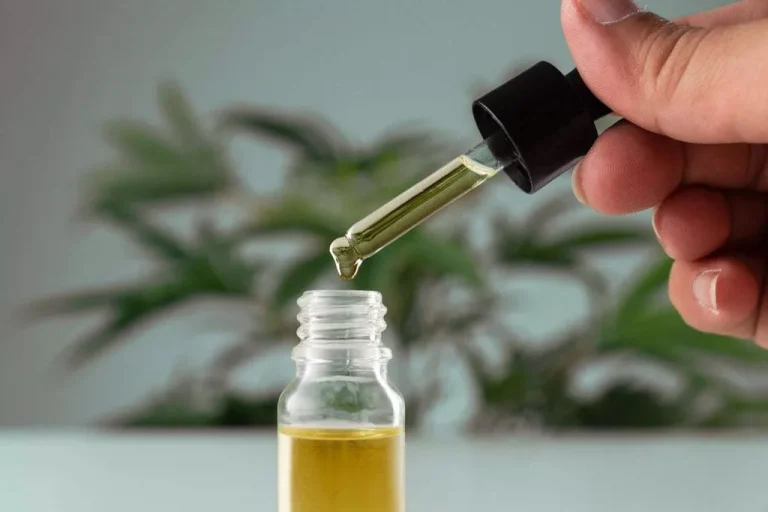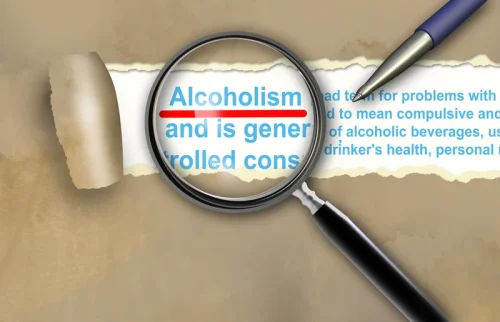Given that MI and MET can be delivered as brief interventions by a variety of clinicians, they may have some utility in primary care settings. In addition to primary care settings, recent studies have found that brief MI sessions may have a place teenage alcoholism in acute settings such as the emergency room [35]. In acute settings, MI interventions are feasible, and may be more effective in younger adolescents under the age of 16 years [36], as well as with adolescent girls more so than boys [37].
Why Do Teens Abuse Alcohol?
Combined with treatment led by health care providers, mutual-support groups can offer a valuable added layer of support. For serious alcohol use disorder, you may need a stay at a residential treatment facility. Most residential treatment programs include individual and group therapy, support groups, educational lectures, family involvement, and activity therapy. Family involvement is one aspect of a comprehensive, integratedapproach to substance use disorder treatment, but deserves attentionin its own right. Relationships are critically important in reducingteen drug use, and parents have a powerful influence on adolescentdevelopment throughout the teen years (Liddle et al., 2001). Researchclearly supports the need for including families in therapy (Liddle et al.,2001).
. Recovery-Specific Educational Settings
Studies show that people who have AUD are more likely to suffer from major depression or anxiety over their lifetime. When addressing drinking problems, it’s important to also seek treatment for any accompanying medical and mental health issues. It is important to understand how substance abuse and the substance use disorders present themselves in young people compared to adults. It is a mistaken notion to assume that children and adolescents are simply miniature versions of adults.
Choosing The Right Program For Your Teen
It may also be helpful to determine whether the treatment will be adapted to meet changing needs as they arise. Ultimately, there is no one-size-fits-all solution, and what may work for one person may not be a good fit for someone else. Simply understanding the different options can be an important first step. The Substance Abuse and Mental Health Services Administration (SAMHSA) provides the most reliable estimates of alcohol use by young people in the United States. This talk may be a challenging but necessary first step in getting your teen the help they need. Fromcost/benefit research conducted during the past decade, the range of savingsrealized has been calculated at between $2.50 and $9.60 for every dollarspent on treatment (ONDCP,2001).
- In the caseof TC, longer treatment periods are needed for adolescents than foradults (De Leon,1985; Hubbard, Cavanaugh, Craddock, and Rachel, 1985; Sells and Simpson,1979).
- Outpatient rehab allows your teen to live at home while undergoing treatment.
- For example, they may not have adults present or younger teens may be relying on peers for transportation.
- In most states and local jurisdictions, use of alcohol by underage individuals is illegal, though there are a few exceptions.
Teens who are abusing alcohol may have trouble getting up in the morning and be frequently late to school or miss school. If your teen has been concealing school absences from you, this is a sign that there may be a problem. If your teen’s friends have been in trouble for alcohol or drug use recently, that could mean that your teen is either using or being pressured to use. If you discover that your teen has lied to you about issues like money or where he or she is spending time, then it is possible that your teen is drinking. If your teen’s personality has changed drastically in a short period of time, substance abuse may be to blame.
Spiritual Programs
- Another symptom of alcoholism is denial—if you see clear signs that there is a problem, you may not be able to accept your teen’s reassurance that everything is fine.
- Positive studies have found that texting and web-based interventions can effectively reduce risky drinking and drinking frequency as well as lessen existing substance use [76, 82].
- The majority of adults with diagnosed substance use disorders began misusing substances during their teens, so it’s important to address the issue of substance abuse immediately.
- Teenage drinking is a serious issue that can have long-lasting effects on a young person’s life.
- Therapy included in a teen’s treatment plan may consist of individual, group, and family therapy, as well as a variety of behavioral therapy techniques used to help develop healthy coping skills, relationship-building skills, and other skills important to future development.
They’ll stay for a determined amount of time, depending on their specific needs. If your teen has a problem with alcohol, talk with their doctor or therapist first. When parents are angry or when teens are frustrated, it’s best to delay the talk.
Groups for Family and Friends
When asked how alcohol problems are treated, people commonly think of 12-step programs or 28-day inpatient treatment centers but may have difficulty naming other options. In fact, there are many treatment options available thanks to significant advances in medical and behavioral research over the past decades. The type of alcohol use that often requires juvenile alcohol treatment in a residential or outpatient setting is that which occurs when a young man or woman turns to alcohol on a regular basis in order to escape social or academic pressures. Occasional abuse of alcohol during the teenage years can result in addiction as well, if the young drinker becomes dependent on alcohol and develops cravings for it when he or she cannot obtain it. However, this is rare among teenagers who are otherwise physically, and more importantly psychologically and socially, healthy.
Modifications to Improve Existing Approaches
- Alcohol consumption can cause brain damage, along with damage to other organs in the body.
- Girls are more likely to turn anger inward,while boys direct their anger toward others.
- Remember that your loved one is ultimately responsible for managing their own illness.
- For example, research demonstrates that the Internet and advertising, including that which occurs on social media, promote drinking behaviors in teenagers.
- Each type ofinpatient treatment requires the patient to live temporarily in asafe and controlled treatment facility.
Researchcontinues on why some methods of treatment work better than others and whichgroup responds best to which treatments. Thus, the literature on teentreatment is developing, but does not yet fully define the potential fortreatment options with this population. Alcohol abuse and dependence are often linked with drug abuse anddependence among teenagers.
- It should be clearly understood that use of alcohol by any individual under the age of 21 is a serious problem.
- Therefore, healthcare professionals recommend limiting access to alcohol or other drugs, addressing any risk factors of the youth or family, as well as optimal parental supervision and expression regarding expectations.
- Professionally led treatments include behavioral treatments and medications.
Recent research has also led to encouraging findings regarding recovery-specific educational settings. Youth who attended a recovery high school for at least four weeks were significantly more likely than non-recovery attending peers to report complete abstinence from substance use at six-month follow-up [68]. More research is indicated in order to definitively determine whether recovery-specific educational settings are a viable treatment option given that their lack of accessibility and potential disruption to adolescent and family life structure.







